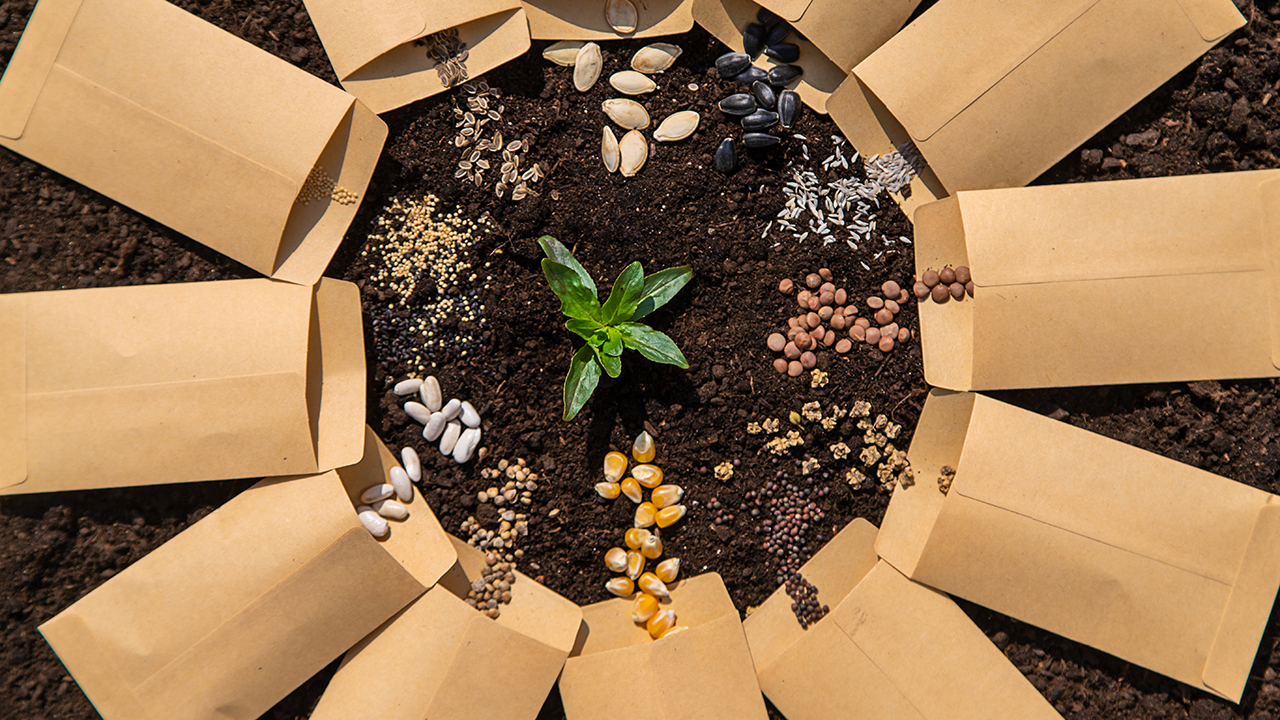
Learn how to save seeds this November to preserve your favorite plants, boost genetic diversity, and prepare for next year's garden.
As the gardening season winds down, November presents a valuable opportunity for gardeners to collect and store seeds for next year’s planting. Seed saving is an age-old practice that not only preserves your favorite plant varieties but also maintains genetic diversity and saves money. It’s a rewarding task that allows you to reconnect with the life cycle of your garden. Many plants, such as tomatoes, peppers, beans, squash, and flowers like zinnias, cosmos, and marigolds, produce seeds that are relatively easy to harvest and store. To get started, it’s crucial to choose seeds from the healthiest, most vigorous plants in your garden—those that showed resilience, strong growth, and abundant yields. This selection ensures that the seeds carry forward the desirable traits that made the parent plant successful.
When it comes to timing, allowing seeds to mature fully on the plant is essential. For beans and peas, this means letting the pods dry completely on the vine, while for tomatoes and cucumbers, the fruit should be overripe or slightly rotted before harvesting seeds. Once harvested, the cleaning process is crucial for preserving seed health. For seeds extracted from wet fruits like tomatoes or cucumbers, the fermentation method is highly effective. This involves placing the seeds in a container of water for a few days until the surrounding pulp breaks down and floats, separating from the viable seeds which sink. After this, thoroughly rinse the seeds and spread them out on a paper towel, screen, or mesh tray to dry.
Drying the seeds completely is one of the most critical steps in the process. Residual moisture can cause mold and ruin an entire batch, so it’s advisable to leave the seeds in a warm, well-ventilated area for at least a week. Once dried, proper storage is key to maintaining the seeds’ viability. Airtight containers such as glass jars with tight-fitting lids, small seed envelopes, or resealable plastic bags are ideal options. Be sure to label each container with the plant variety, collection location, and date to avoid confusion later. Storing the seeds in a cool, dry, and dark place, such as a refrigerator, can help prolong their viability. The consistent temperature of a refrigerator minimizes fluctuations that can degrade seed quality over time.
With proper care and attention to the drying and storage process, seeds can remain viable for several years, depending on the plant species. While some seeds like beans, peas, and squash can last up to five years, others like lettuce and onions are best used within a year or two. Seed saving not only provides a connection to the garden but also offers a sense of satisfaction and self-reliance. With the knowledge that each seed holds the potential for a new life, gardeners can confidently continue growing their favorite plants year after year, all while embracing the cycles of growth and renewal that define every gardening season.
Discover Beautiful Flowers, Expert Gardening Tips & Interesting Plant Science!
By submitting this form, you are consenting to receive marketing emails from: . You can revoke your consent to receive emails at any time by using the SafeUnsubscribe® link, found at the bottom of every email. Emails are serviced by Constant Contact

About The Author
John Bagnasco has been in the gardening industry for over 50 years, starting with a horticulture degree from Michigan State University and following a stint at Frank’s Nursery and Crafts in Detroit.
After publishing his first book “Plants for the Home Vol. I” in 1976, he moved to California to become regional manager and buyer for the Nurseryland division of Sunbelt Nursery Group.
He then became the head buyer for Armstrong Garden Centers based in Glendora, California. John had a part-time affiliation with Creative Promotions for ten years before joining them full-time in October 2000 as a senior editor and radio personality for Garden Compass.
John has also taught horticulture classes at Palomar College and San Diego State University.
He is the host of the DVD “The Essential Guide to Roses,” which also features Bryan Main and Bruce and Sharon Asakawa.
His most recent book is “Planting Designs for Cacti and Succulents”.
Currently, John is a co-host on “Garden America,” an interactive live gardening show that additionally provides podcasts of the broadcasts accessible on all major platforms.
You can contact John here.
